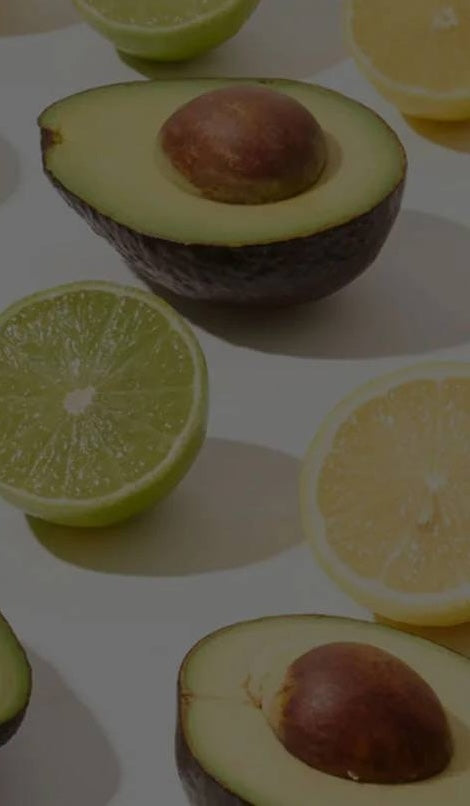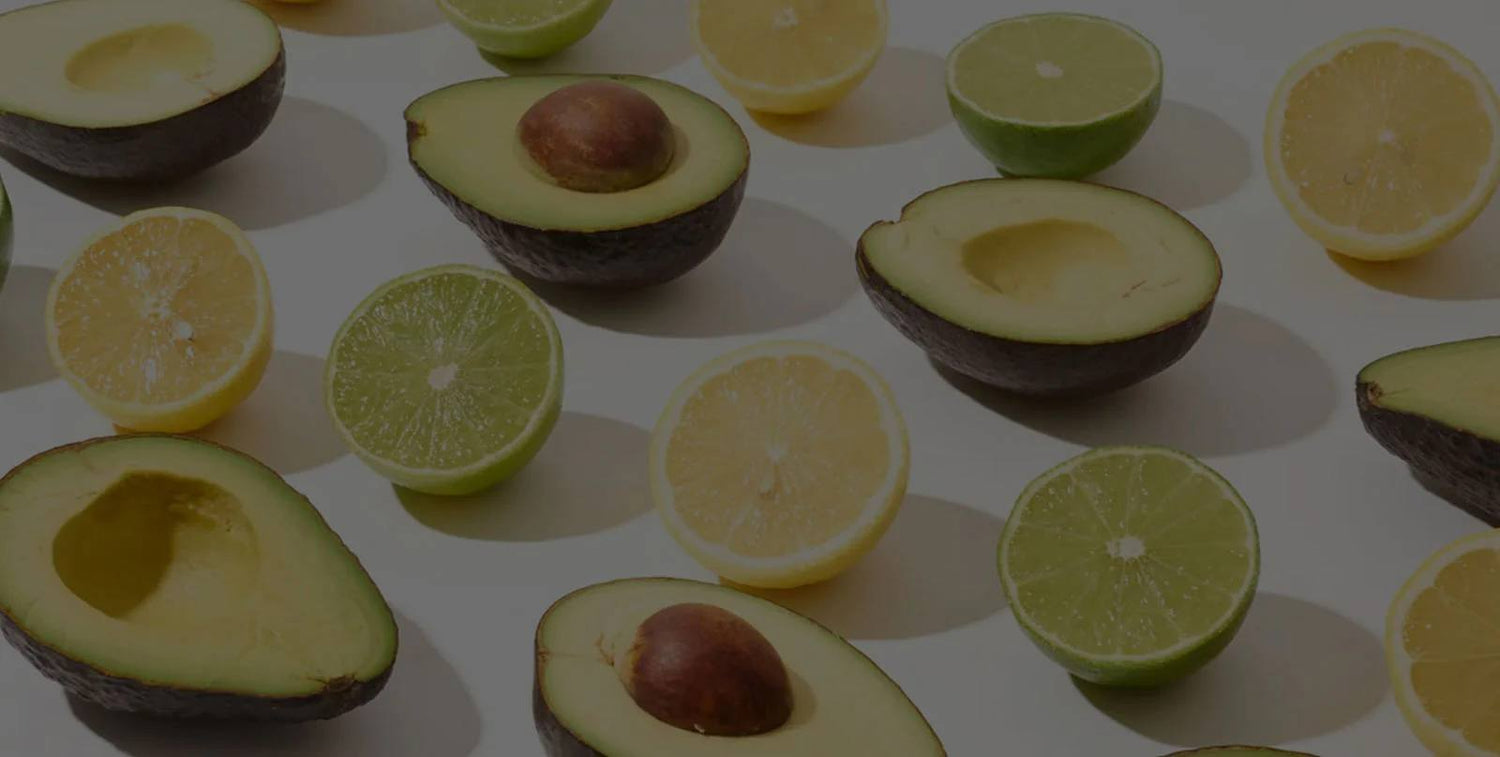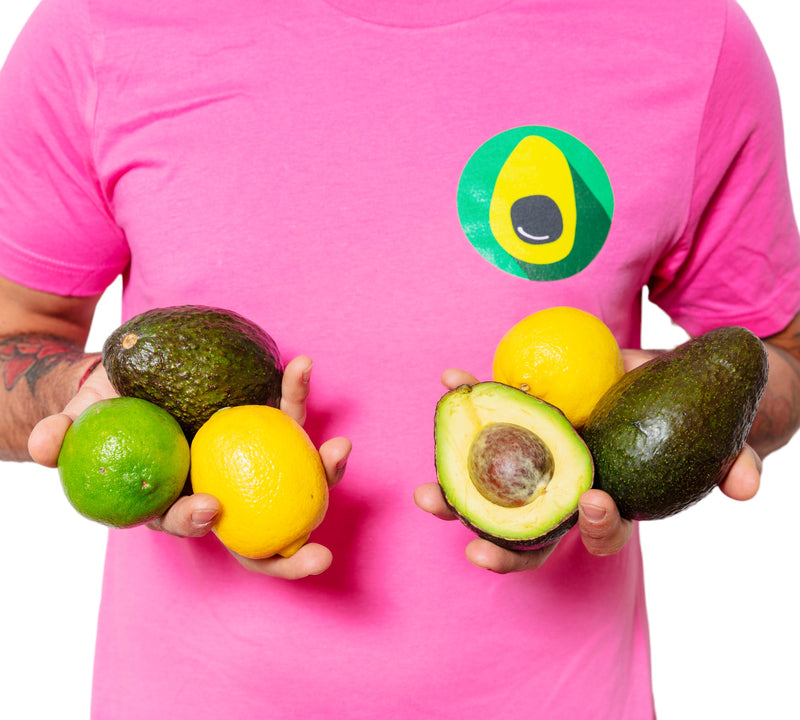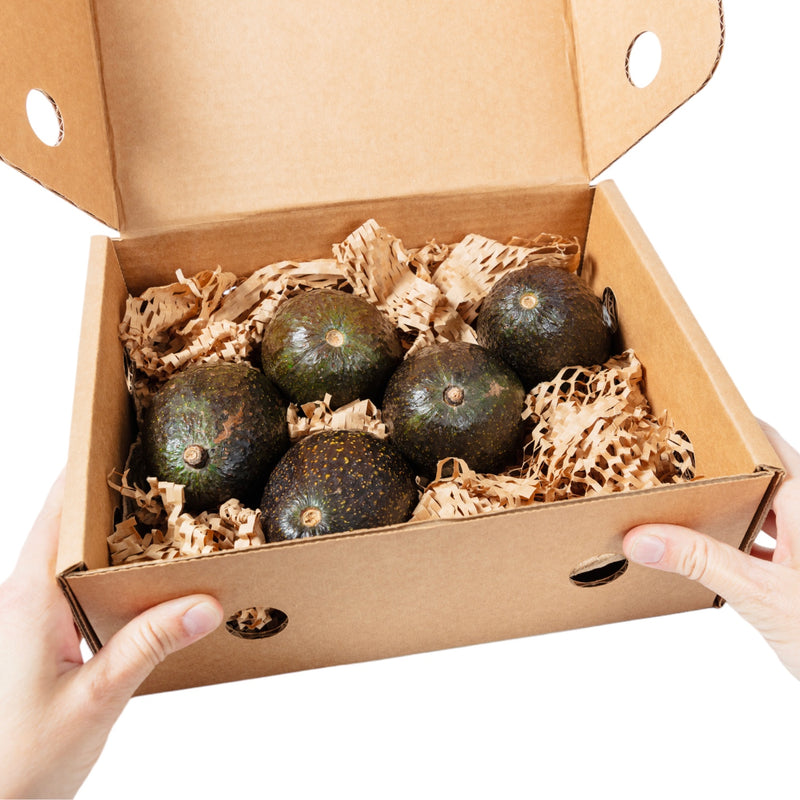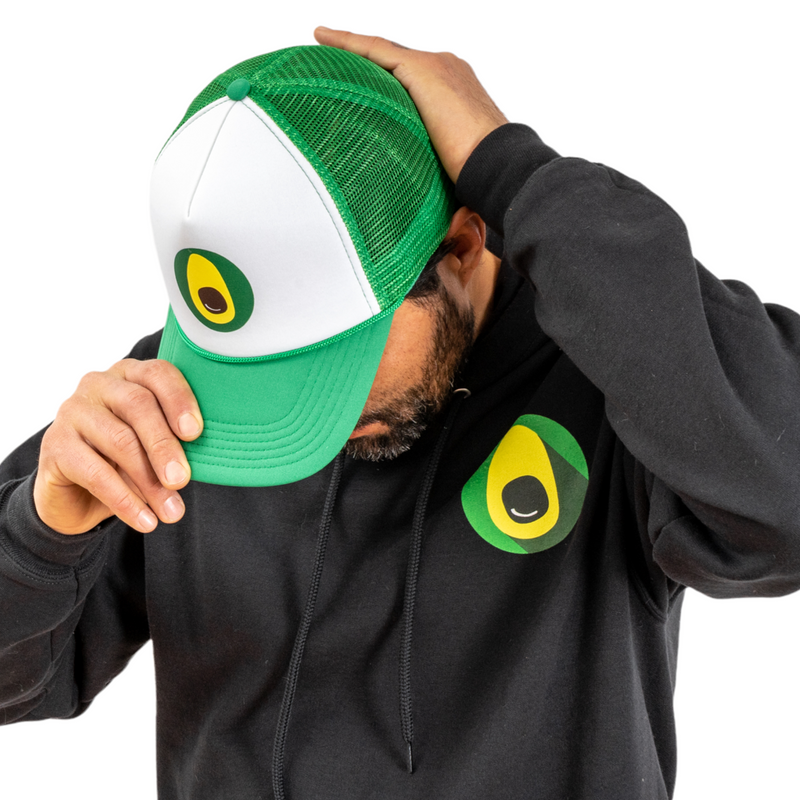How to pick the perfect Avocado?
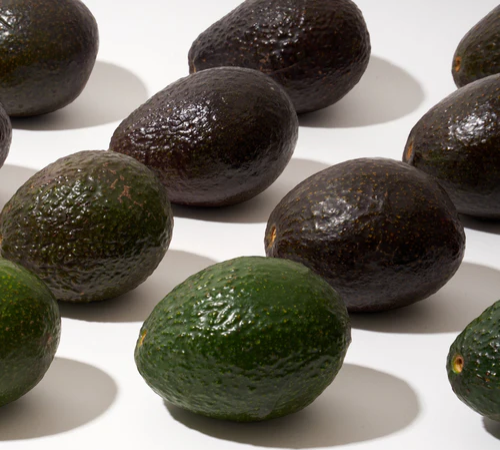
Avocados have become a kitchen staple from guacamole to avocado toast or salad. But picking the right avocado remains the biggest challenge. In this article we will give you our best advice on whether an avocado is ripe.
Why It Matters to Pick the Right Avocado
Why it is not easy to pick the right avocado
The quality of an avocado directly affects the taste and texture of your dishes. A perfectly ripe avocado is smooth, creamy, and delicious, enhancing any recipe. On the other hand, an underripe avocado can be hard and flavorless, while an overripe one can taste bitter and look unappealing. Learning to identify the signs of ripeness ensures you’ll always get the best results.
The Supermarket "Russian roulette"
Have you found yourself squeezing, inspecting every single avocado in the pyramid pile presented in the produce section?
Have you spent 5 minutes in an endless pick & choose debate on whether you go for the green and wait and see at home or go for the "looks good to me" in hopes to enjoy a perfect buttery avocado the same day?
Chances are you will toss half of your fruit and spend way too much on the avocado you were able to salvage and there are few reasons why... Avocado shopping is a frustrating time-consuming task. Before we share our tips here are some important aspects that impact the quality of the fruit you buy at the supermarket.
How an avocado ripens?
Avocados start ripening when they are harvested or fall off the tree. Avocados release a natural gas called ethylene gas which triggers the ripening. Other fruits such as tomatoes or bananas also release this gas. Avocados will increase gas release as it ripens thus speeding up the ripening exponentially. This is why it is hard to cut open a perfect avocado. Often times it is past its prime by the time you cut it open. Avocados are very sensitive to temperature fluctuations, colder temperatures will slow down or stop the ripening alltogether, warmer temperatures will speed up the ripening. You want the temperature to remain as stable as possible for optimal ripening to take place.
The life of the supermarket avocado before you buy it
Before an avocado makes it home to your kitchen, it has been picked from the tree, packed, transported, stored with other produce, sometimes gassed to speed up the ripening, delivered to your supermarket, unpacked and stacked in the produce section. During this time, the temperature probably changed a few times which can affect the ripening. Once nicely presented, the supermarket shoppers will commence the pick & choose dance: Touching, squeezing maybe even dropping a few on the floor while digging in the pile for the perfect fruit. Chances are the majority will have some sign of bruising due to mishandling. It is a bit of a guessing game with some risks for disappointment. Nevertheless we do have a few pointers that can help you in your choice even though the fruit history might impact the final condition of your avocado.
1) Using color
One of the first things to look at when selecting an avocado is its color. For Hass avocados, which are the most common variety, ripeness is often indicated by the skin’s shade. As the avocado ripens, its color changes from bright green to a darker green, purplish black hue.
However, note that there are many avocado varieties, coming in different shapes and color, such as some type of avocados have not the same rules applied to their colors, like Florida avocados of the West Indian varieties, tend to be larger than Hass avocados and remain green even when they are fully ripe.
2) Using the stem nub
The small stem nub on top of avocados gives you a clue of Avocados ripeness. When picking an avocado, gently flick or remove the cap.
- If the cap is difficult to remove, the avocado is likely not yet ripe and needs more time to mature.
- If the cap comes off easily and reveals green flesh, the avocado is ripe and ready to enjoy
- If the flesh below the cap is brown, the fruit may be overripe and will show oxydation at its tip.
If you want to better understand how to use the cap to pick an avocado, check out our guide :
3) Using "feel"
Firmness is a key factor in determining whether an avocado is ready to eat. To test an avocado’s firmness, hold it in the palm of your hand and gently apply pressure. Avoid using your fingers, as this can bruise the fruit. A ripe avocado will yield slightly under gentle pressure. If it feels firm and resists pressure, it needs more time to ripen. If it feels overly soft or mushy, it is likely overripe or bruised and may not be suitable for consumption.
Avoid the avocados on the top of the pile
When picking an avocado at the supermarket, avoid the top of the pile, which may shoppers would have touched and most likely bruised. Try to look for fruit under the top layer. Don't dig too deep because the bottom ones will mostly likely be bruised by the stacked weight on top. Avocados when delivered to supermarkets are secured on molded thin cardboard beds to decrease the risk of bruising. They are often removed from the protective layers when displayed in the produce section.
Other tips
Seasonality can have an effect on the fruit ripening speed. The higher the dry matter (oil content) the faster the ripening. Avoid picking your own avocados during the new season, called "La Fruta Loca" as the fruit will be very difficult to ripen. The best time of year tends to be October through June. We recommend picking green avocados and ripening them at home at ambient air with no excessive heat and refrigerate as soon as the fruit "turns darker green". If you do try to shop for ripe at the supermarket, look for the middle layer, check the fruit of any bumps and softness. Finally check what the stem nub reveals. If you want to skip the guessing game, leave the ripening to us and get perfect fruit every single time you order here here at https://davocadoguy.net/
